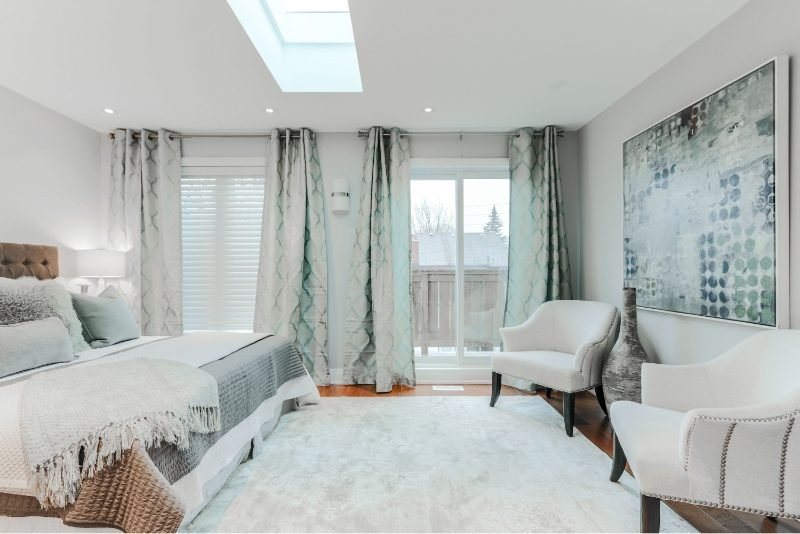
Sustainable architecture is no longer a niche practice; it is becoming the standard for responsible building design and construction. As concerns about climate change and resource depletion grow, architects are increasingly adopting sustainable principles to minimize environmental impact. This blog explores the future of sustainable architecture, highlighting emerging trends and innovative practices that are shaping the industry.
Leadership in Energy and Environmental Design (LEED) is one of the most widely recognized green building certification programs. LEED-certified buildings adhere to strict environmental standards, focusing on energy efficiency, water conservation, and sustainable materials.
The Building Research Establishment Environmental Assessment Method (BREEAM) is another prominent certification system that evaluates the sustainability of buildings. It considers factors such as energy use, health and well-being, pollution, and waste management.
The integration of solar panels into building designs is becoming increasingly common. Photovoltaic (PV) systems can be incorporated into roofs, facades, and even windows, generating clean energy and reducing reliance on fossil fuels.
Architects are exploring innovative ways to incorporate wind turbines into buildings. Urban wind farms and building-integrated wind turbines harness wind power to generate electricity, contributing to a building’s sustainability.
Green roofs and living walls are key elements of biophilic design, bringing nature into urban environments. These features improve air quality, reduce urban heat islands, and provide habitats for wildlife, enhancing the ecological value of buildings.
Maximizing natural light and ventilation reduces energy consumption and creates healthier indoor environments. Architectural designs that incorporate large windows, skylights, and open floor plans enhance occupant well-being and productivity.
The use of recycled and reclaimed materials in construction reduces waste and conserves resources. Architects are increasingly sourcing materials from deconstructed buildings and repur




There are many variations of passages of Lorem Ipsum available majority have suffered alteration some .